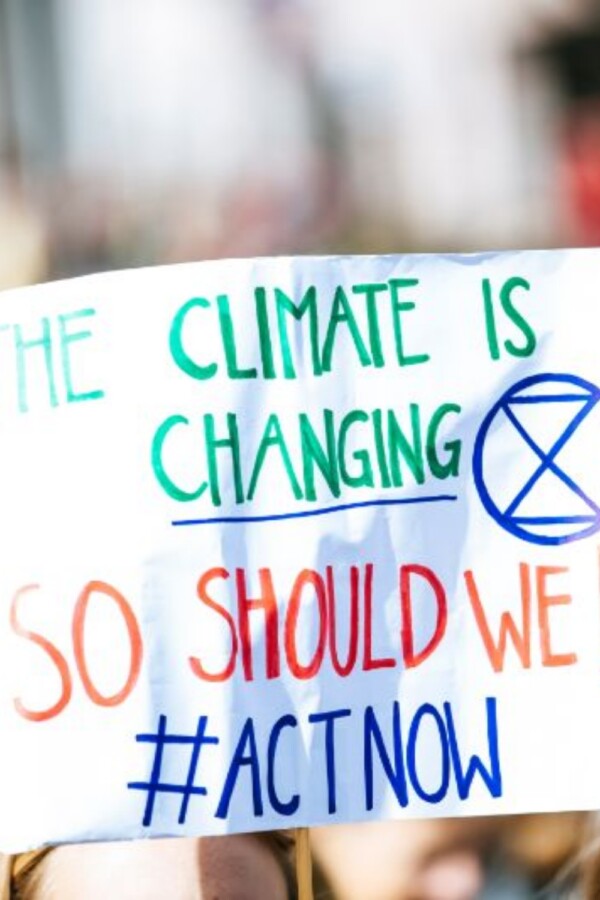Climate change is one of the most pressing issues facing our planet today. What can a single person, or even a single country, do to halt and combat climate change? It’s time for us to help protect the environment, so here are the best solutions to climate change!
The severity of global warming can be both intimidating and disheartening. We’ve known about its causes for decades. We’ve seen the devastation it’s had on our communities and ecosystems.
There were rising temperatures, changing precipitation patterns, and increased severity of extreme weather events. These are all hallmarks of a changing climate, with far-reaching consequences for human health, food security, and economic stability.
Despite the daunting challenges, many solutions can help mitigate the impacts of climate change. And ensure a sustainable future for generations to come. Here, we’ll go over the solution to climate change that will make a difference – and how you can help make them all a reality.
Best-Of by Category
| Category | Product |
|---|---|
| Best for Reducing Dependence on Fossil Fuels | Solar Panels |
| Best for Sustainable Transportation | Electric Bicycles |
| Best for Sustainable Buildings | Energy Efficient Lighting |
| Best for Conservation-Based Solutions | Water Saving Shower Head |
Best Solutions to Climate Change
1. Depleting Our Dependence on Fossil Fuels
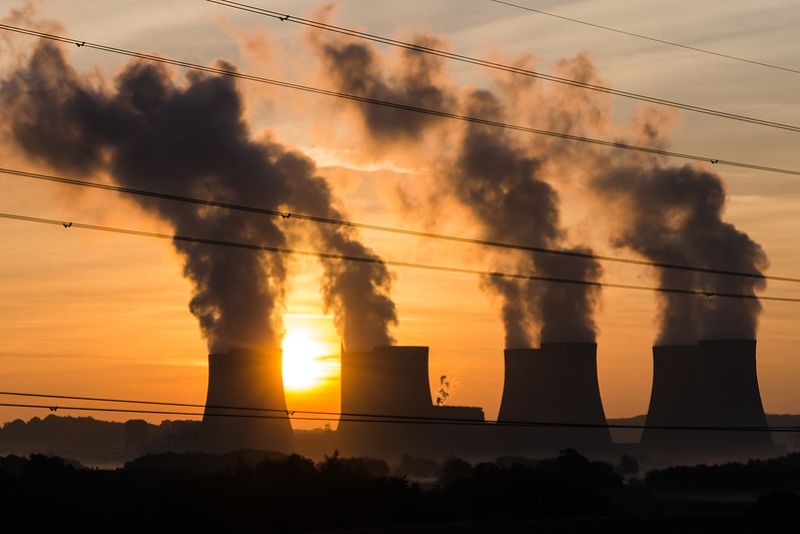
The most significant thing we can do to address climate change is to cut our use of fossil fuels. More than 75 percent of carbon emissions warming the globe are caused by burning coal, oil, and natural gas in the fossil fuel industry. Besides affecting the climate, dirty energy has negative environmental and human health consequences.
We must replace coal, oil, and gas with renewable and efficient energy sources. Fortunately, as technology advances and production prices fall, clean energy is gaining ground.
But, to achieve the target of cutting global carbon emissions by at least 45 percent below 2010 levels by 2030, we must act faster.
There are reassuring indications. Wind and solar energy efficiency continue to account for increasing proportions of electricity generation. For instance, wind and solar combined to generate a record 10% of global electricity in 2021.
According to NRDC modeling, wind, solar, hydro, and nuclear power might account for up to 80% of US electricity by the end of this decade. While this transformation is underway, automakers and governments are planning for a future in which most vehicles on the road will emit zero emissions.
See Related: How Much Does the United States Depend on Fossil Fuels?
2. Renewable Energy
Transitioning from fossil fuels to clean energy is critical to fighting against climate change. Here are the most prevalent renewable energy sources that aid in reducing greenhouse gas emissions:
Solar Energy
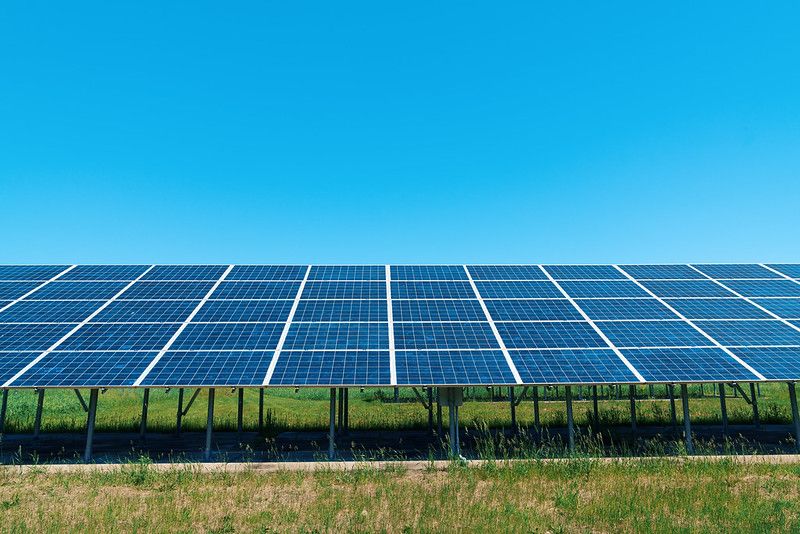
Solar energy has the potential to become a solution to the ongoing problem of climate change and global warming. Solar energy is a clean, renewable, and abundant source of power. It is because it generates electricity by absorbing sunlight in photovoltaic cells,
Unlike traditional sources of energy consumption, solar panels do not emit harmful greenhouse gases or pollutants. It is a key component in reducing the impact of climate change.
Solar energy is growing as a source of electricity. Projections show that by 2035, it could account for up to 40% of the electricity generated in the United States. With the growth of solar has come to a surge in battery storage. It ensures a constant and reliable power source even when the sun isn’t shining.
By 2030, it is expected that at least one in every seven households in the United States will have rooftop solar panels. So if you want to transition to a solar power system, you can check out the Jackery Solar Panel. It is a portable and highly-efficient solution to climate change.
By transitioning to solar energy, the demand for fossil fuels, which contribute to greenhouse gas emissions, can be reduced. Additionally, the deployment of solar panels on a large scale can create jobs. And it can stimulate economic growth in the clean energy sector.
See Related: Solar vs Wind Energy: What’s the Difference?
Wind Energy
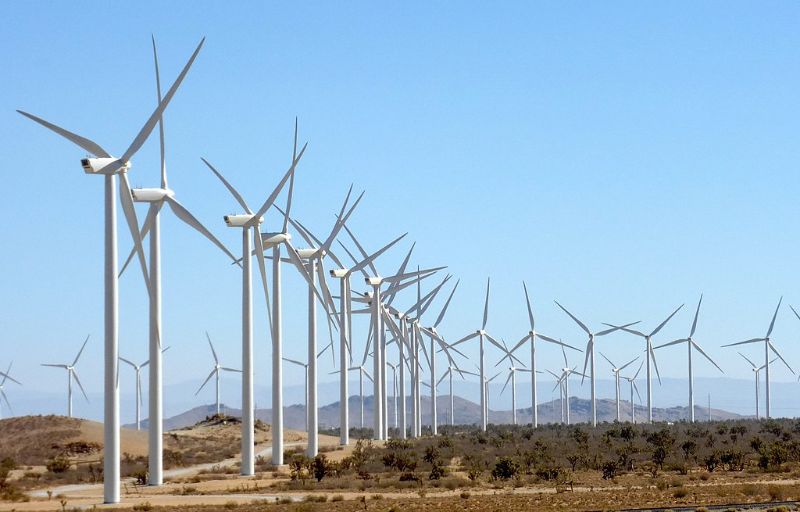
Wind energy is a promising solution to the global problem of climate change. Wind energy generates clean, renewable, and emission-free electricity. And it is through harnessing wind power through wind turbines. It makes wind energy a critical component in reducing the impact of greenhouse gas emissions. And it helps mitigate the effects of climate change.
Wind energy has the potential to reduce dependence on fossil fuels. As the wind is a freely available resource, it provides a constant and reliable power source. It can help to ensure energy security for countries around the world.
See Related: Ways Climate Change is Affecting Animals
MOTION ENERGY
Motion energy, also known as kinetic energy, has the potential to become a solution to climate change. Harvest motion energy is the energy that an object possesses due to its movement. This energy can be harnessed and converted into usable energy, such as electrical energy, through kinetic energy harvesting technologies.
There are various ways in which motion energy can contribute to reducing the carbon footprint and mitigating climate change. An example is the installation of kinetic energy harvesting devices in public transport systems. For example, trains and buses can generate electricity that can be used to power vehicles. Also, we can install kinetic energy harvesting devices on the floors of busy public areas. For instance, airports and shopping centers convert the motion of people into usable energy.
Another application of motion energy is in the production of green electricity. Tidal and wave power plants harness the kinetic energy of ocean waves and tides to produce electricity. It is a renewable and reliable energy source that produces no carbon emissions. And it has the potential to provide a significant contribution to the electricity grid.
See Related: How to Make a Commercial Building More Energy Efficient
Geothermal and Hydroelectric Energy
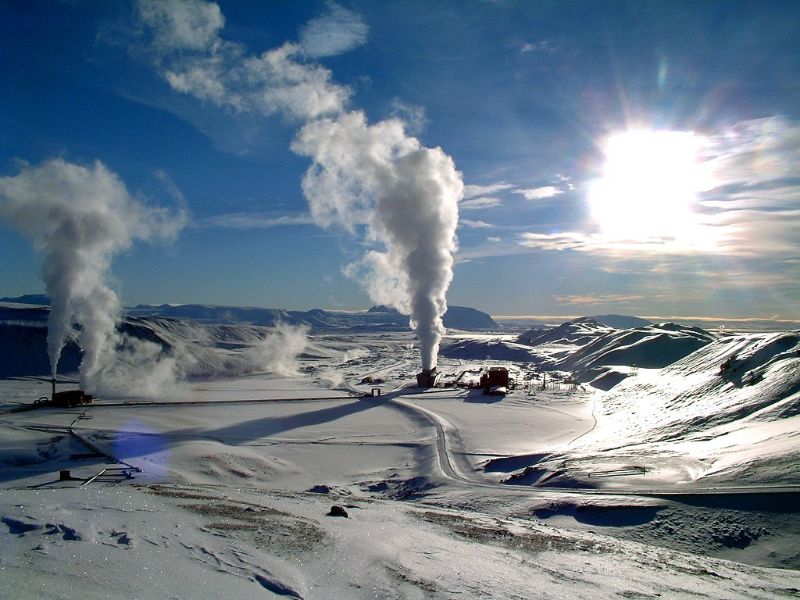
Geothermal and hydroelectric energy are two promising solutions to climate change. Both sources of energy harness natural resources to generate clean, renewable, and emission-free electricity.
By transitioning to renewable energy-based heating, we can reduce our dependence on fossil fuels. It is because these are major contributors to greenhouse gas emissions and the climate crisis.
Geothermal energy taps into the Earth’s internal heat to generate electricity. This energy source is reliable and constant. And it can provide a steady source of power for homes and businesses.
Hydroelectric energy uses the flow of water to generate electricity. This source of energy is also clean and renewable. And it can provide significant electricity in regions with abundant water resources.
See Related: Different Types of Ivy Plants (+ Examples)
3. End Deforestation and Commit to Restoring Devastated Ecosystems

The massive deforestation of the Earth, particularly in the last 60 years, has contributed to global warming. It formed “heat islands” out of territory that would be insulated from scorching by trees and other vegetation.
Ending deforestation involves protecting forests and other ecosystems from further destruction. And it includes promoting sustainable land use practices. We can also do community-based forestry, conservation programs, and incentives for sustainable agriculture and alternative livelihoods.
Restoring degraded ecosystems, such as degraded forests, grasslands, and wetlands can help to store carbon and provide other ecosystem services. It includes water regulation and soil conservation. Restoration efforts can also be through reforestation, agroforestry, and other land-use practices. It is because it promotes biodiversity and carbon dioxide sequestration.
Individuals can also help address this by going paperless and purchasing recycled paper products, planting trees, or supporting groups that do it (such as Amazon). Customers can spot the Climate Pledge Friendly mark on qualifying products while shopping on Amazon. And it makes it easier to identify and shop for sustainable products.
See Related: Reasons Why is Biodiversity Important to Ecosystems
4. Sustainable Transportation
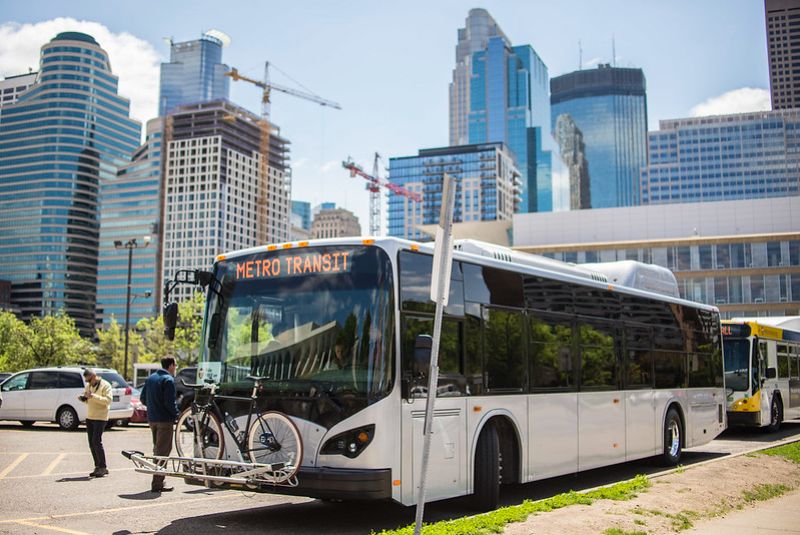
Transportation is a big contributor to greenhouse gas emissions. And reducing emissions from vehicles is crucial for reaching the goal of net-zero global emissions by 2050. This target has been laid out by the Paris Climate Agreement in 2015.
In 2021, electric vehicles only made up 8% of vehicle sales globally. But it’s estimated that they will account for over 50% of new sales by 2035. Governments and automakers are working towards phasing out gas-powered cars and light trucks. Electric vehicles also have the potential to supply electricity back to the grid during high demand, reducing the risk of blackouts.
It is also vital that we analyze the many modes of transportation and incorporate sustainability into each. We can reduce car trips and millions of tons of carbon dioxide and reduce air pollution each year by boosting access to public transit. For example, with buses, ride-sharing services, subways, and streetcars, and embracing congestion pricing.
We may further cut emissions by encouraging zero-emission modes of transportation, such as walking and biking. Increasing the use of alternative modes of transportation will need more than discussion. They need funding, planning, and the development of supportive infrastructure at the municipal, state, and national levels.
We need holistic and community-led climate change solutions to address the full range of transportation sector impacts. Long-term transformation in the transportation sector, like other climate change solutions, necessitates the empowerment of historically excluded populations.
See Related: Which Energy Source Generates the Least Greenhouse Gases?
5. Addressing Poverty and Other Inequalities

Addressing poverty and other inequalities can play a critical role in climate change. Climate change affects marginalized communities and low-income households. And they often lack the resources and infrastructure to adapt to its impacts. To combat this, we must ensure that economic growth and development are inclusive and address the needs of all communities.
One solution is to invest in poverty reduction programs. Provide access to education, healthcare, and economic opportunities. It will not only help reduce poverty but also increase resilience to the impacts of climate change.
Additionally, addressing income inequality can help reduce the carbon footprint of societies. It is because low-income households have lower carbon emissions compared to high-income households.
Finally, it is critical to involve and empower marginalized communities in the decision-making process surrounding climate change. By giving these communities a voice in developing solutions and policies, authorities can consider their unique perspectives, and strategies can be more effective and fair.
See Related: Ways to Conserve Natural Resources
6. Sustainable Buildings

Buildings are a major source of greenhouse gas emissions. They account for a large part of energy consumption in cities across the United States. In reducing this, it’s crucial to increase energy efficiency by upgrading windows and adding insulation. Also, raise public awareness of cost-effective, carbon-saving changes that can be made in homes and workplaces.
Private businesses and governments must also take action toward building decarbonization. It means making buildings more efficient and replacing fossil fuel systems with clean alternatives. Policy tools, building performance, and energy conservation standards can help reach this goal.
Investment in affordable housing is crucial to ensure decarbonized homes are accessible. It’s important to note that individuals can make a difference by installing energy-efficient technology, such as heat pumps. Addressing energy use in buildings is a crucial step in combating climate change.
See Related: Breaking Down the Best Off-Grid Water Systems
7. Preventing Food Waste
Food waste is a significant contributor to climate change. It is because the production, transportation, and disposal of uneaten food release large amounts of greenhouse gases into the atmosphere. Also, the wasted food could have been used to feed people in need, reducing hunger and improving food security.
Thus, preventing food waste is one of the crucial solutions to climate change.
We can improve the food supply chain to reduce waste at each stage. It includes better coordination between growers, processors, distributors, and retailers. It helps cut spoilage, reduce waste at the farm level, and prevent food loss in transportation and storage.
We can also promote sustainable food production practices, such as regenerative agriculture and organic farming. It can help reduce waste and increase the efficiency of food production. It can also increase soil health, improve water retention, and provide habitat for wildlife, all of which can have positive impacts on the environment.
8. Conservation-Based Solutions

Protecting and restoring ecosystems is a key solution in addressing climate change. Ecosystems such as wetlands, mangroves, forests, and freshwater play a crucial role in storing carbon. These ecosystems absorb and store vast amounts of carbon. And they are essential in mitigating the effects of climate change.
Global leaders must take action to help preserve at least 30% of the land, inland waters, and oceans by 2030. It includes limiting industrial impacts on public lands and waters. Also, it includes protecting natural landscapes, creating marine protected areas, and upholding environmental laws. It is also essential to follow the lead of Indigenous Peoples with a long history of sustainable stewardship of lands and waters.
By preserving and restoring ecosystems, we can help reduce the amount of carbon in the atmosphere. And this contributes to a healthier planet for future generations. Conservation-based solutions will play a crucial role in combating the effects of climate change and ensuring a sustainable future.
See Related: What Are The Effects of Overharvesting?
9. Industrial Solution To Climate Change

Heavy industry, including factories and facilities that produce goods, is a significant contributor to global greenhouse gas (GHG) emissions. And they account for 40% of emissions globally and 25% in the United States. Basic chemicals, iron and steel, cement, aluminum, glass, and paper production contribute to most of these emissions.
It needs a concerted effort from industry and governments to address these challenges. It is to transition from low-carbon to sustainable processes. It requires investment in research and the development of new technologies.
It includes carbon capture and storage. And the implementation of policies to promote the adoption of clean energy sources in industrial processes. Additionally, retrofitting existing industrial sites to reduce emissions is critical to achieving the 2050 emissions goals.
Furthermore, decarbonizing heavy industry should not only reduce GHG emissions. It should also reduce local air and water pollution, promoting better human health and the environment. The transition to low-carbon and sustainable industrial processes should also create job opportunities in the manufacturing sector, benefiting both the economy and the environment.
10. Technological Solutions
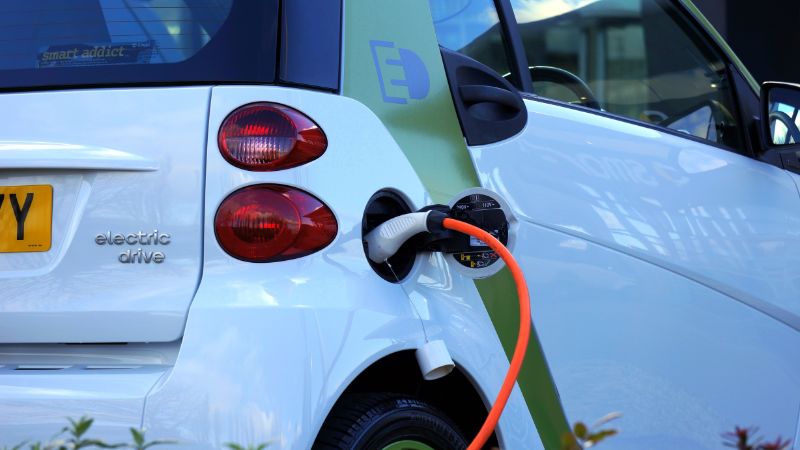
Technology has a critical role to play in addressing the climate crisis. Advancements in technology can help reduce emissions. It also helps promote clean energy and mitigate the impacts of climate change. But, it is critical to ensure that technological solutions are sustainable and fair. And avoid creating new environmental problems.
One area where technology can impact the development of longer-lasting electric vehicle (EV) batteries. Also, nonpolluting hydrogen-based solutions and reliable methods for capturing and sequestering carbon.
These innovations reduce greenhouse gas emissions and mitigate the impacts of climate change. But, it is crucial to consider the environmental impact of producing and disposing of these technologies.
For instance, mining lithium, a critical component of EV batteries, can affect the environment. It is also essential to consider improving recycling opportunities for solar cells.
Governments must focus on funding and investment to speed up the development and implementation of these technologies. This can be achieved through grants, subsidies, tax incentives, and other rewards. Governments can spur innovation, reduce emissions, and contribute to a more sustainable future by investing in clean energy technologies.
See Related: Best Batteries for Solar to Buy Today
11. Uphold Fair Financing and Climate Justice

Climate change affects everyone. But it has a bigger impact on vulnerable communities. Low-income families, communities of color, Indigenous peoples, and those in developing countries. These communities face problems like more extreme weather, losing their homes, losing their jobs, and not having enough food because of climate change.
To fix this, we need to ensure that the money used to solve climate change is fair and helps these vulnerable communities. It means having enough money from both the government and private companies. And to support making things better for the environment and making communities more able to handle bad weather.
Industrialized countries have a big part in causing the climate crisis. So they need to help by giving money, technology, and helping build skills. The way the money is used and given out needs to be transparent and fair. It ensures the resources go to the right communities and are used well.
Finally, it is essential that communities affected by climate change have a say in how things are done and benefit from the solutions.
See Related: Best Climate Change Jobs Around the World
12. Increasing Public Awareness about the Impacts of Climate Change

We need to increase public awareness about the impacts of climate change. And inform them of the solutions available so they can impart them through their ways. By educating people about the issue, they can understand the consequences of their actions. And it can lead to greater support for policy measures to mitigate the effects of climate change.
Moreover, with increased public knowledge, individuals can make more informed decisions. And they can start reducing their carbon footprint. It’s either through using energy-efficient appliances, reducing waste, or choosing low-carbon transportation options.
Also, raising public awareness can lead to increased demand for clean energy technologies. Also includes energy-efficient products that will drive innovation and increase their affordability. It can also lead to the creation of new jobs in the clean energy sector. And it is essential for a transition toward a more sustainable future.
Governments and organizations play a crucial role in raising public awareness. They can use various communication tools, such as social media, public speeches, and educational campaigns.
It helps increase public understanding of the problem and the steps that need to be taken to mitigate its effects. Additionally, governments can provide financial support for organizations and initiatives that aim to raise public awareness about the issue.
See Related: Famous Environmental Leaders from Around the World
FAQs
Can renewable energy sources fully replace fossil fuels?
Renewable energy sources such as wind, solar, and hydropower have the potential to significantly reduce our reliance on fossil fuels. But they may not be able to fully replace them in the near term. The transition to a low-carbon energy system will require significant investments in research and development. It also includes infrastructure and the deployment of renewable energy technologies.
What can individuals do to help address climate change?
Individuals can make a difference by reducing their carbon footprint. They can do it by conserving energy and using public transportation or electric vehicles. Also through eating more sustainable diets and supporting political action to address climate change.
Is it too late to mitigate climate change?
It is not too late to mitigate the impacts of climate change. But time is running out. Rapid action is needed to reduce greenhouse gas emissions and transition to a more sustainable energy system.
Related Resources:
- Coniferous Trees Response to Climate Change and Conservation
- Don’t Read This If You Think Climate Change is Fake
- Best Products to Help Climate Change to Buy Today


